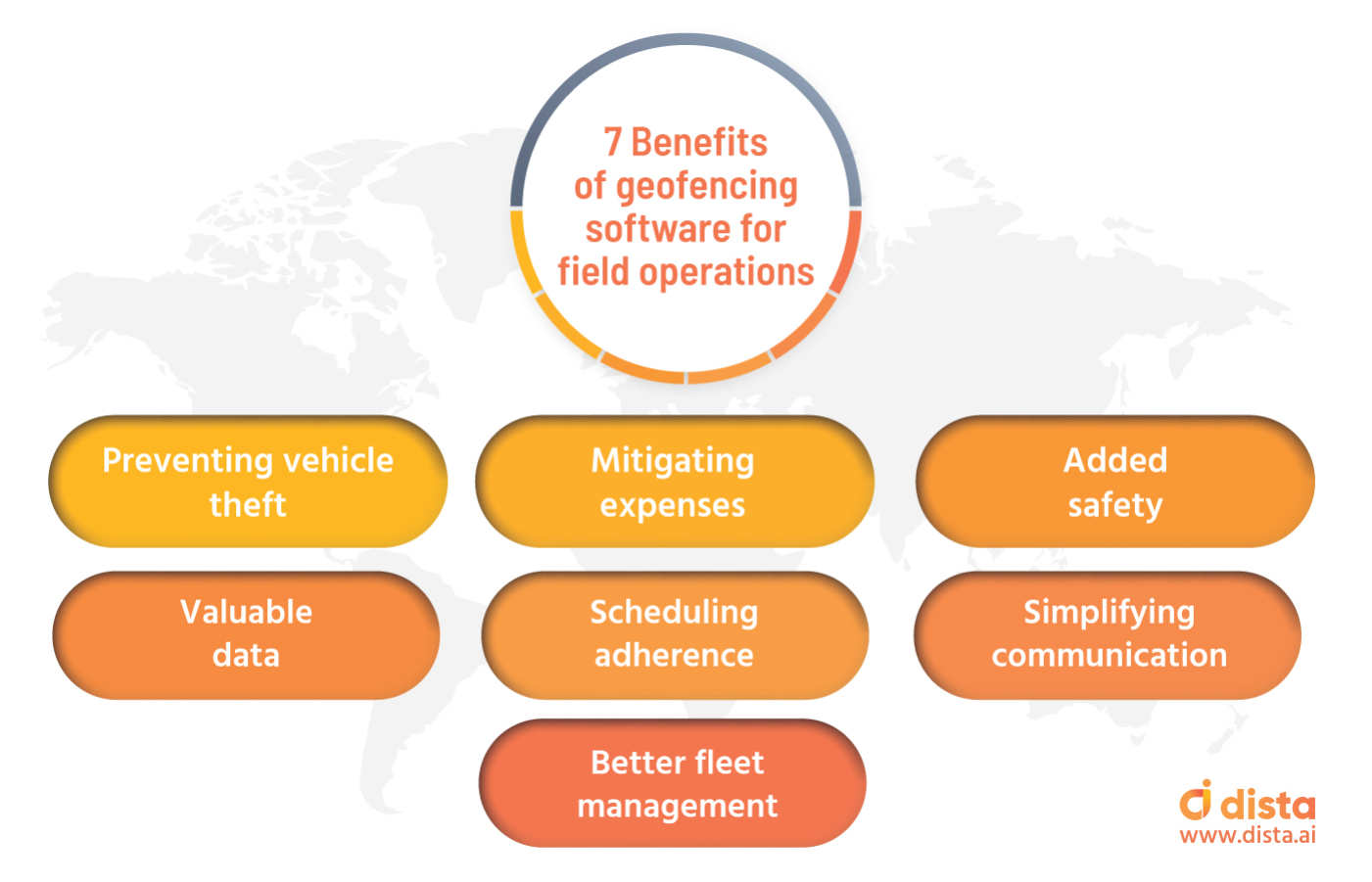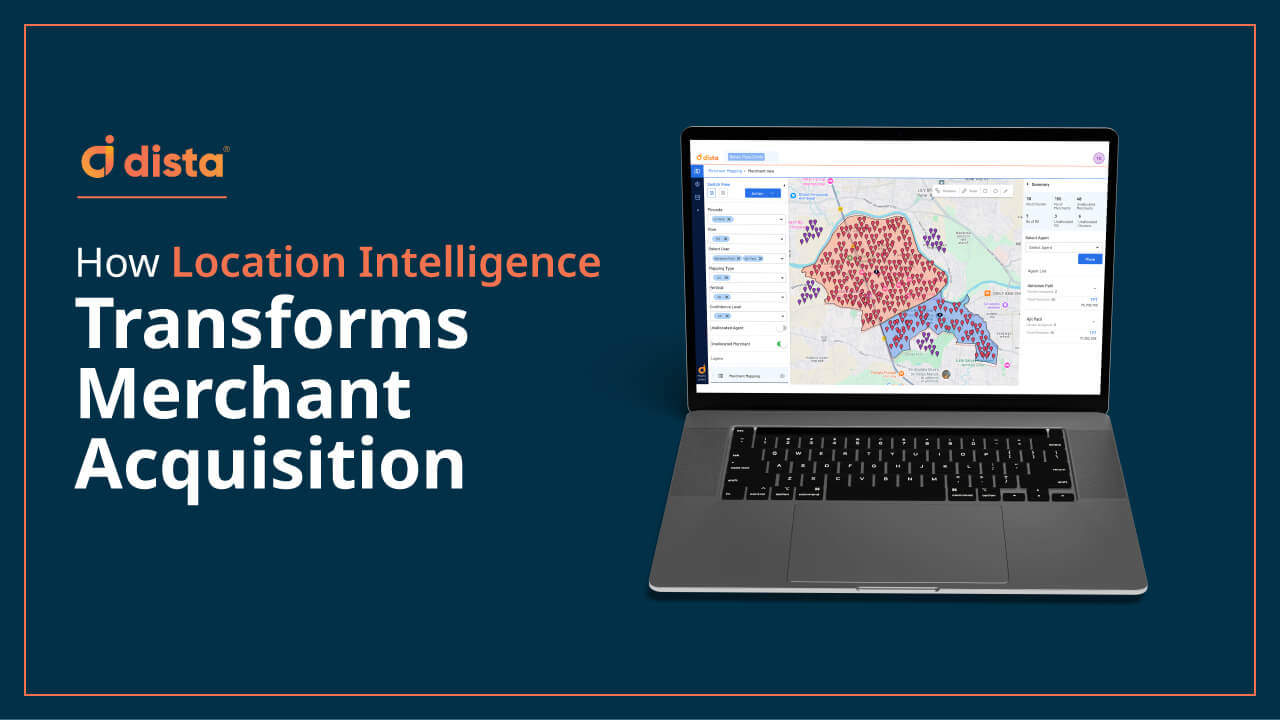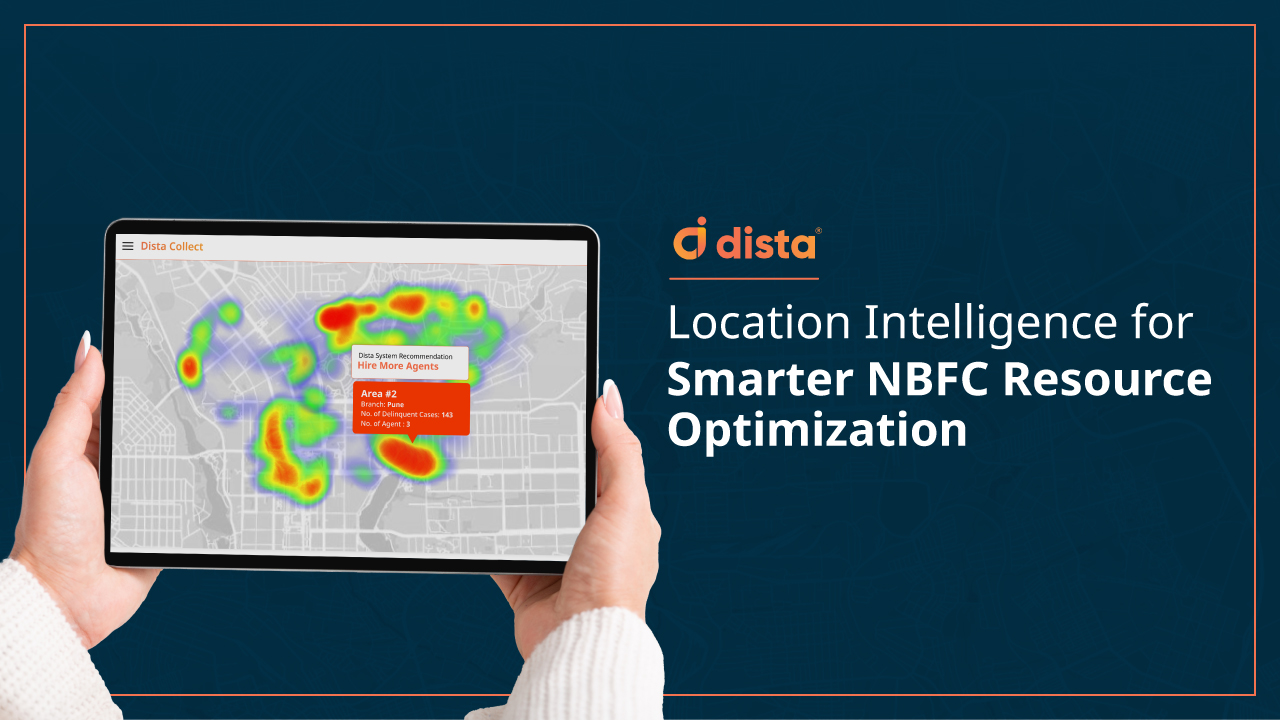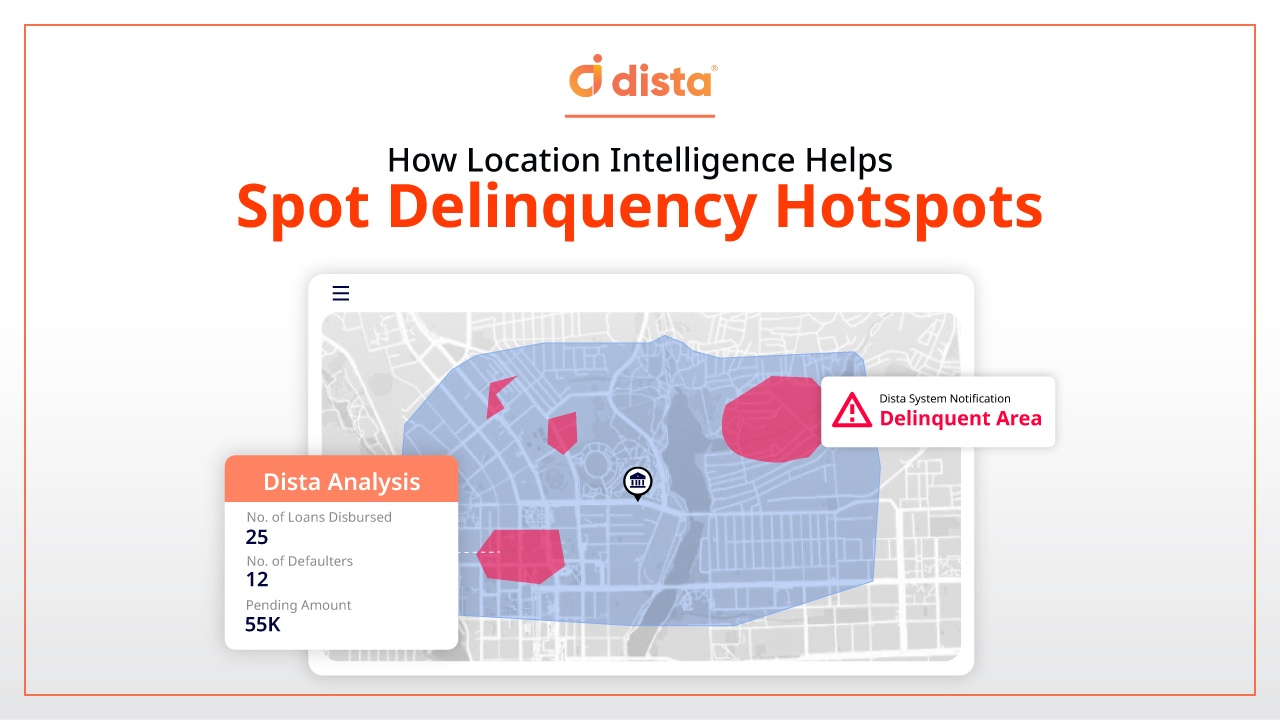Geofencing plays an important role in making your last mile delivery efficient. Geofencing is leveraged to minimize FTAs (failure to attend) and improve the fulfillment of SLAs (Service level agreements) in the logistics and supply chain industry.
As the word suggests, geofencing is about fencing particular geography. It is a virtual boundary enabled by GPS tracking. Creating virtual perimeters with the help of geofencing tools helps in delivering a superior last mile delivery experience. You can set up alerts and triggers every time a person crosses or enters your defined geofences.
What is a Geofencing Solution?
Common Use Cases for Geofencing Software Include
Marketing: Set-off proximity alerts for deals when app users are at the desired location
Tourism: Provide location-specific information based on traveler’s geo coordinates
Human resources: Tracking employees to see if they are at their designated sites
Zoning: Understand when vehicles or equipment leave or enter certain premises
Attendance: Determine if field personnel are within their earmarked geocoded area
A field management software with geofencing technology will trigger an action every time your vehicle or agent enters or exits a geofenced area, and the system will send an automatic alert or notification to keep you updated.
According to the recent study on telematics, nearly 70% witnessed improved driver behavior and more accurate resource utilization after introducing geofencing technology to their management operations. In the high-security transport and logistics domain, geo-fencing is essential as an effective deterrent against cargo theft.
For enhanced fleet management, organizations can benefit from using geofencing technology. It offers several advantages that can help you improve safety, reduce costs, and increase productivity throughout your fleet.
How can organizations benefit from applying geofencing technology to their field operations.

1) Preventing Vehicle Theft
2) Mitigating Expenses
3) Added Safety
4) Valuable Data
5) Scheduling Adherence
6) Simplifying Communication
7) Better Fleet Management
Fleet management becomes a less complicated affair with the geofencing software. You can track vehicles’ movement outside and within the geofence to see how your fleet is used on the ground. You can apply safety measures and check the driver idling time by how much time the driver spends outside the geofence. Route planning can be made better, which will save fuel and cost wastages. Monitoring your fleet and getting real-time reports based on geocoded data points can help in real-time tracking of the fleet and optimize vehicle performance.
GPS-based geofencing software lends field service managers a significant advantage by delivering full transparency, operational efficiencies, and a higher degree of safety for critical shipments. Location-based geofencing could also play a key role in improving customer satisfaction by elevating the overall field service performance.






